#julie corman
Explore tagged Tumblr posts
Text

Now showing on DuranDuranTulsa's Horror Show...Chopping Mall (1986) on glorious vintage VHS 📼! #movie #movies #horror #choppingmall #RogerCorman #riprogercorman #jimwynorski #killbots #kellimaroney #karrieemerson #barbaracrampton #russelltodd #johnterlesky #PaulBartel #tonyodell #nicksegal #juliecorman #suzeeslater #maryworonov #dickmiller #ripdickmiller #gerritgraham #AngusScrimm #RIPAngusScrimm #rodneyeastman #80s #vintage #vhs #durandurantulsa #durandurantulsashorrorshow
#movies#movie#horror#chopping mall#killbot#roger corman#rip roger corman#jim wynorski#kelli maroney#karrie emerson#barbara crampton#suzee slater#mary waranov#john terlesky#russell todd#tony o'dell#nick segal#paul bartel#gerrit graham#dick miller#rip dick miller#rodney eastman#julie corman#angus scrimm#rip angus scrimm#80s#vintage#VHS#duran duran tulsa's horror show#duran duran tulsa
5 notes
·
View notes
Text
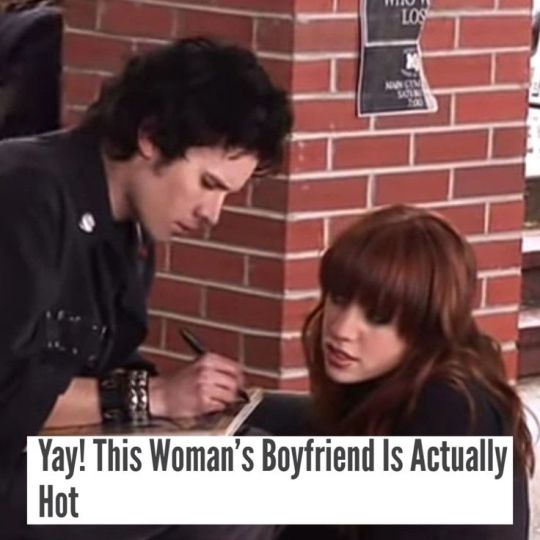
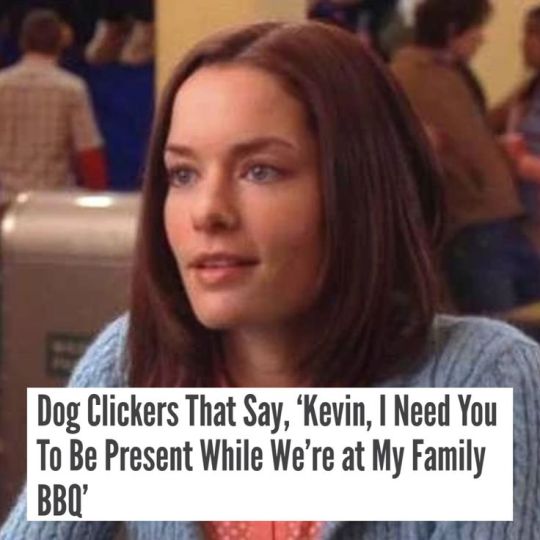

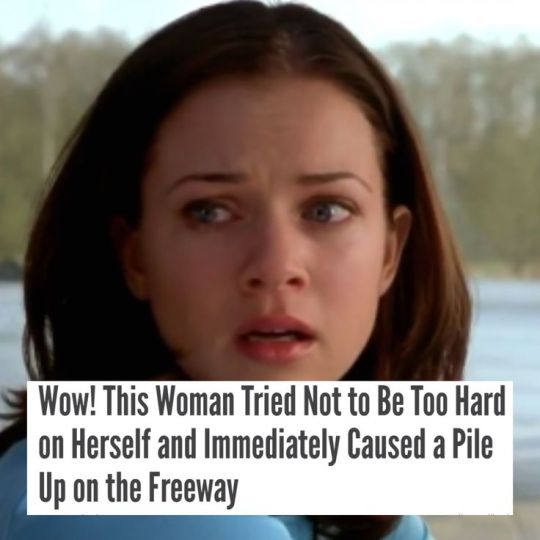
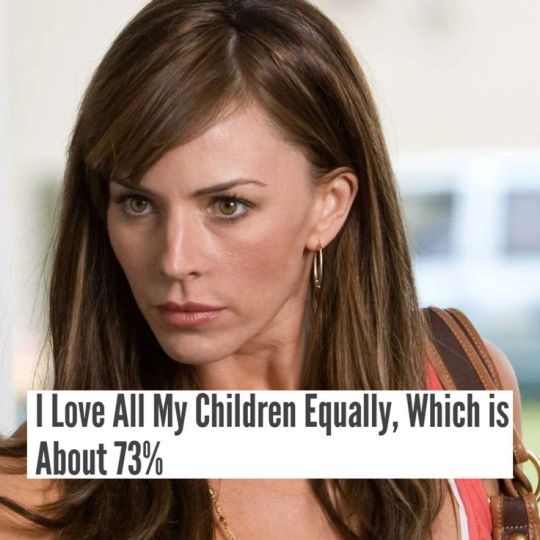

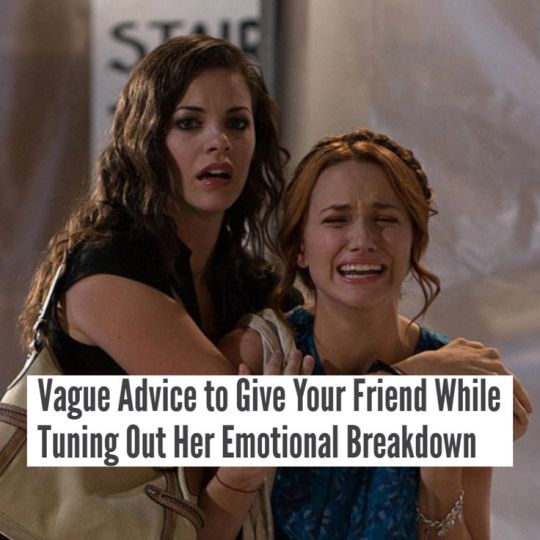

final destination characters + reductress headlines (part 1 - part 2 can be found here)
#kittyposting#mine#final destination#edits#kitty edits sometimes#zip and pip#krissy baby <3#alexz johnson#girlies#ian mckinley#erin ulmer#carrie dreyer#wendy christensen#mew#kimberly corman#samantha lane#kevin fischer#unfortunately (i hate him)#referenced#ashlyn halperin#ashley freund#lori milligan#janet cunningham#julie christensen#amanda crew#final destination 3#final destination 2#final destination 4#the final destination#kris lemche
129 notes
·
View notes
Text
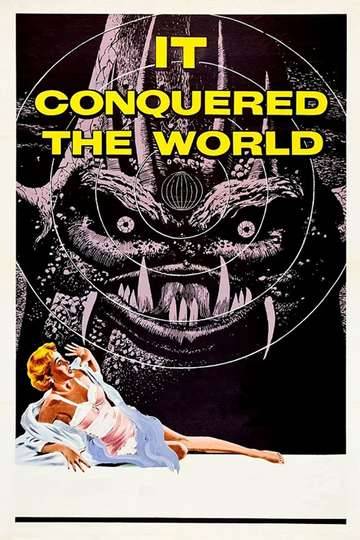
0 notes
Text
Zepotha just doesn’t work. Aside from it being a marketing ploy. Who is the production studio, what’s the story, who are the actors.
It being some forgotten/straight to VHS 80s movie isn’t an excuse. It’s neglecting the actual inspiration. 80s slasher films had established production teams, plenty of actors would be in random bit parts in small movies, AND THE SPECIAL FX TEAM! The Goncharov crowd understood this and knew Scorsese’s work. The built around this narrative.
Throw in a producer name like Lloyd Kaufman, Brian Yuzna, Julie and Roger Corman
Maybe a studio was New World Pictures, Concorde Pictures, Manson International etc.
God makeup crew, maybe this was something Robert Short worked on, Larry Carr, Bill Munns, hell you wanna go with a bigger name Tom Savini or Greg Cannom.
Have some respect for the Genre
2K notes
·
View notes
Text
HEY!! So... that's a little introduction! My name is Alice, I really don't like to say my age, but I'm -15. I love Final Destination SO MUCH, and my comfort characters are Tod, Clear, Wendy and Bobby. I am Brazilian with Italian citizenship, but I live in Portugal! :D A random fact is that I like photography. I'm atheist and if you could follow my tiktok account i would be very happy! @premonizione. Sorry for poor english
Fandoms: Final Destination, Ddlc, Interweb World, Mcl, Lacey's game, Creepypasta, Kinitopet, Stranger things, Eddsworld, Undertale, Deltarune, Bendy and the Ink Machine, Cuphead, Yandere Simulator, TripleS, Naruto, Death Note, Last Seen Online, Omori, Homestuck. (I don't know if I forgot something 😭)
Kins: Tod Waggner, Kimberly Corman, Julie Christensen, Bobby Campbell, Jay (Lacey's), Edd (eddsworld), Raibaru, Sayori, Kentin Lerhay, Selfship-chan, Max Mayfield, Robin Buckley, Jade Harley, Terezi Pyrope, Jonathan Byers, Ino Yamanaka and idk more??
DNI: Chega supporters, pedo, racist, homophobic, toxic of any fandom and that rivals characters, proshippers, pessoas de direita, xenophobics, religious intolerant, makes jokes about any account, bullys, zoophiles, therians (..?), transphobic, make jokes about 🍇, incestuous, Loli (basically pedo), comshipper, trump supporters.
Well, I guess its just that.. Thx for read :D

#tod waggner#final destination#alex browning#clear rivers#corazon de melon#my candy love#ddlc#homestuck
7 notes
·
View notes
Text
RIP, Roger Corman (1926 - 2024)
Many think of Roger Corman as just a low-budget film producer, but he was a champion of stretching a budget to create something good, despite limitations.
Besides producing almost 500 films, he also launched the film careers of Ron Howard (as a director), Francis Ford Coppola, Martin Scorsese, James Cameron, Jack Nicholson, Sylvester Stallone, William Shatner, James Horner, and many more.
If you don’t know much about him, I recommend Cult-Tastic: Tales From The Trenches With Roger And Julie Corman.
youtube

36 notes
·
View notes
Text
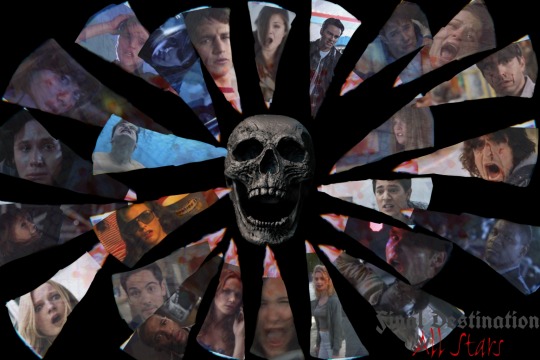
Final Destination All Stars
Made By Me
Cast:
Alex Browning
Kimberly Corman
Wendy Christensen
Nick O'Bannon
Sam Lawton
Clear Rivers
Thomas Burke
Kevin Fischer
Lori Milligan
Molly Harper
Carter Horton
Eugene Dix
Ian McKinley
Hunt Wynorski
Peter Friedkin
Terry Chaney
Rory Peters
Erin Ulmer
Janet Cunningham
Candice Hooper
Billy Hitchcock
Kat Jennings
Julie Christensen
George Lanter
Nathan Sears
#final destination#alex browning#kimberly corman#wendy christensen#nick o'bannon#sam lawton#clear rivers#thomas burke#kevin fischer#lori milligan#molly harper#carter horton#eugene dix#ian mckinley#hunt wynorski#peter friedkin#terry chaney#rory peters#erin ulmer#janet cunningham#candice hooper#billy hitchcock#kat jennings#julie christensen#george lanter#nathan sears
44 notes
·
View notes
Text
Saturday's Late Night Sci-Fi Cinema (Double Feature)
Space Raiders (1983 film)

Theatrical release poster
A ten year-old boy gets caught in a gunfight between a band of space pirates and the security personnel of The Company during the steal of a spaceship.
The little Peter enters into the stolen ship as a stowaway against the will of the gang's leader, Hawk.
The kid gets the attention of a crime boss named Zariatin. He wants him for a ransom. The Company also wants Peter. Knowing that, there are bounty hunters ready for taking him.
The former Colonel turned pirate, Hawk developed an affection for the little boy and vows to protect and take him back to his home planet.
Space Raiders, a 1983 space western film produced by Roger Corman.
Main cast:
Vince Edwards as Hawk David Mendenhall as Peter Patsy Pease as Amanda Thom Christopher as Flightplan Luca Bercovici as Ace Ray Stewart as Zariatin George Dickenson as Tracton Dick Miller as Crazy Mel Virginia Kiser as Janeris William Boyett as Taggert
Production staff:
Directed by: Howard R. Cohen Story by: Howard R. Cohen Produced by: Roger Corman Cinematography by: Alex Hirshfield Edited by: R. J. Kizer and Tony Randel Music by: James Horner with original songs by Murphy Dunne Production company: Millennium Distributed by: New World Pictures Original release date: July 1983
Fascinating facts:
Howard R. Cohen got the directing this film because he previously worked with Roger Coman writing stories for his films.
Most of the sets, models, visual sfx and some of the music for this movie were used earlier in Corman's films like Battle Beyond the Stars.
YouTube channel: kustakka
youtube
Star Odyssey (1979 film)

Italian theatrical release poster (left) and cover art for home video (right)
In the year 3212, mankind is ready to establish the first contact with alien life forms. Unfortunately, this contact seems to be hostile.
Kess of Kobo, an evil overlord, has obtained the planet Earth in an intergalactic auction -- known for them as Sol 3 -- for a hundred million credits.
An now it's time for Kess and his army of golden androids to arrive to Earth to claim his rights.
This planet's last hope relies in a retired Professor Mauri and his niece, Irene. The Defense Command has approached them for help.
The professor's solution is to assemble a team compridsed of a Hollywood star, a drifter and gambler, two outlaw scientists, an almost superhuman athlete an a couple of robotic love birds.
Star Odyssey is 1979 space opera film from Italy
Main cast:
Yanti Somer as Irene Gianni Garko as Dirk Laramie Malisa Longo as Bridget Chris Avram as Shawn Ennio Balbo as Professor Mauri Roberto Dell'Acqua as Norman Nino Castelnouvo as Lieutenant Oliver "Hollywood" Carrera Franco Rossei as Commander Barr
Production staff:
Directed by: Alfonso Brescia (as Al Bradly) Story and screenplay by: Massimo Lo Jacono, Giacomo Mazzochi and Alfonso Brescia Produced by: Luigi Alessi Cinematography by: Silvio Fraschetti Edited by: Mariano Arditi Special visusl effects by: Aldo Frollini Music by: Marcello Giombinni Production company: Nais Films Original release date:
Fascinating facts:
Its original title is Sette Uomini D'oro Nello Spacio (Seven Gold Men in Space in English)
This is the third in a trillogy of Star Wars rip-offs made by Alfonso Brescia. The other two films were Cosmos: War of the Planets and War of the Robots.
This film has other names in different markets: Space Odyssey, Metallica and Captive Planet
YouTube channel: Timeless Classic Films
youtube

#space opera#space western#70s sci fi#80s sci fi#roger corman#alfonso brescia#space raiders#star odyssey#Youtube
3 notes
·
View notes
Text
Fant4stic: A Fantastic Failure (Part 1)
As I’m sure many of you are aware, this past Valentines Day, Marvel Studios released a poster promoting their upcoming Fantastic Four film, releasing about a year from now in July of 2025.
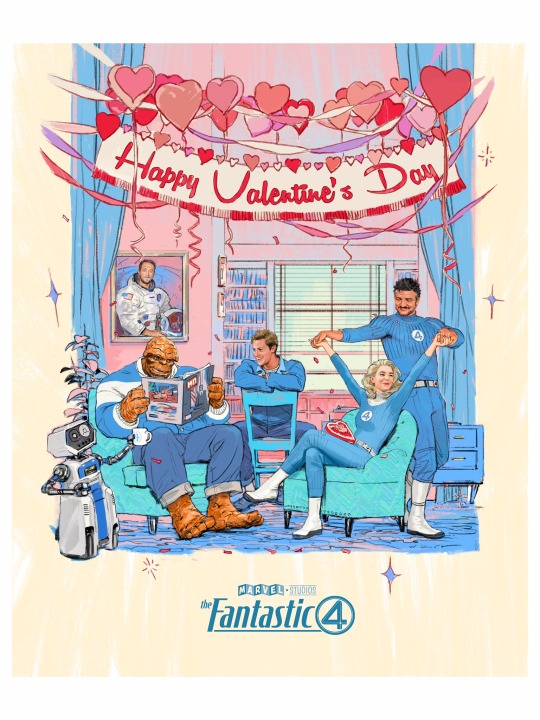
This has gotten people cautiously interested.....
Keyword: cautiously.
It's no surprise that the Marvel Cinematic Universe has been on a major decline since Avengers: Endgame.
Largely due to ridiculous quantity of projects they've been pumping out a year.
Plus that fact that a lot of these projects quality-wise have been either mid or just straight up dog-shit.
This has led to the ongoing trend known as Marvel Fatigue.
Not helping any of this is some of the behind-the-scenes stuff that was revealed over the last few years.
From having their projects being helm by people who have little to no knowledge or care for the characters and the source material they're working it.
And we all know how well that turns out....
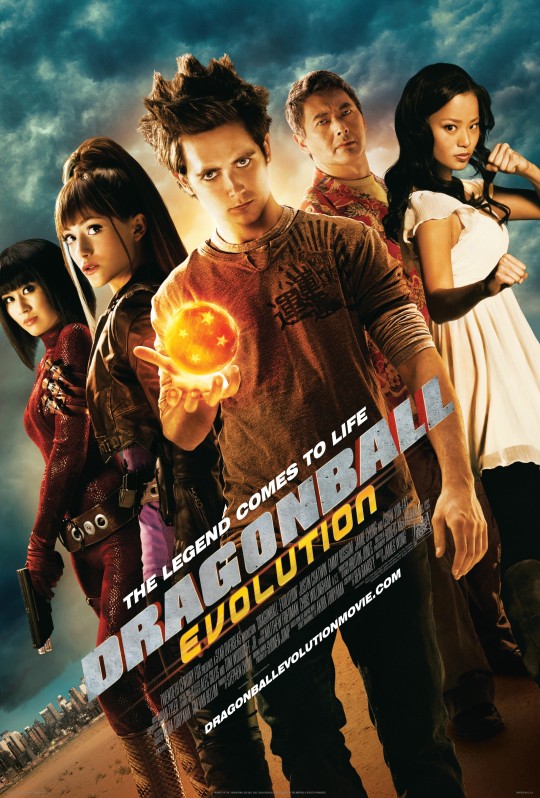
To more infamously, overworking and underpaying their VFX artists.
And given some of the shit they've had to animate, they NEED to start getting better pay....
youtube
Yes.....what you just saw was a real scene from a Marvel movie.
And just to add salt to the wound, in addition to the declining interest, is that these recent Marvel films have not been performing well financially.
Hell, The Marvels (their latest film) ended up being a box office bomb, only grossing $206 million worldwide against production budget of $274.8 million. Not only that, but it now holds the record for being the lowest grossing film in the franchise's history.
So yeah.....
Although the casting is pretty decent, the inclusion of H.E.R.B.I.E. was quite the surprise, and the 60s aesthetic/vibes are pretty cool, people still have their reservations for this film given the MCU's track record lately.
However, one thing everyone does seem to agree on is that this film can't be any worse than their last cinematic outing.....
The Fantastic Four have had, funnily enough, have had four feature-length adaptations.
The very first film adaptation of Marvel's First Family was the legendary 1994 film from Roger Corman.
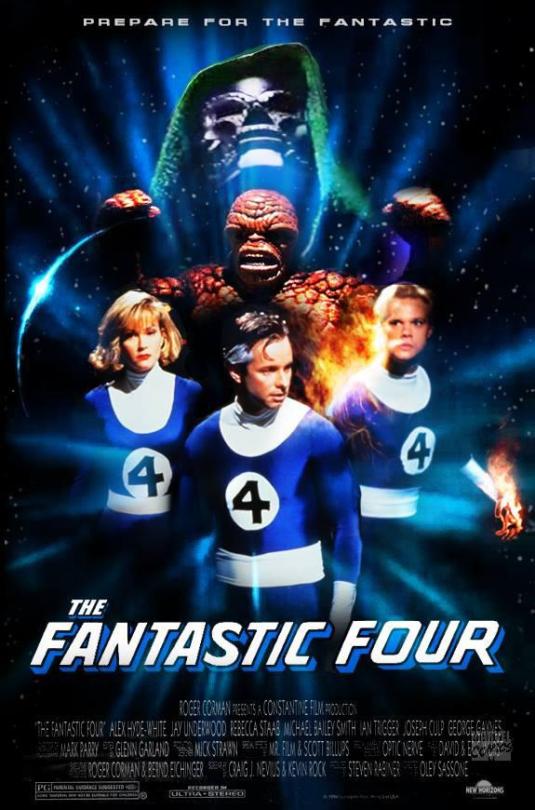
Although it was completed and ready to release, it famously never got released (which I'll touch a little more on later).
However, copies of the film have been circulating since May 31st, 1994.
Over a decade later, the Fantastic Four would get their technically second but first true feature-length film in the form of the 2005 film, directed by Tim Story, and released by 20th Century Fox on July 8th, 2005.
This film would also get a sequel just two years later with Rise of the Silver Surfer, directed again by Story and released by Fox on June 15th, 2007.

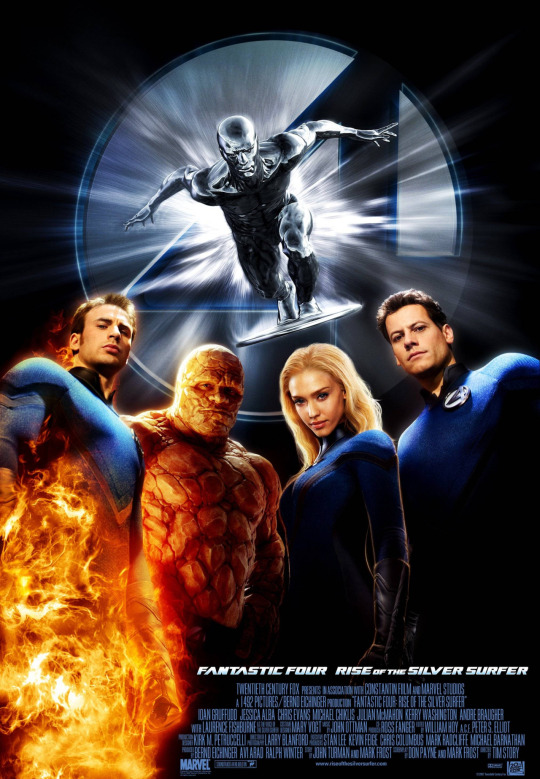
And finally, after almost a decade away from the big screen, the FF would return with their fourth and until the MCU film releases, latest film, the 2015 film, or more commonly known as Fant4stic, as that's how it was abbreviated...
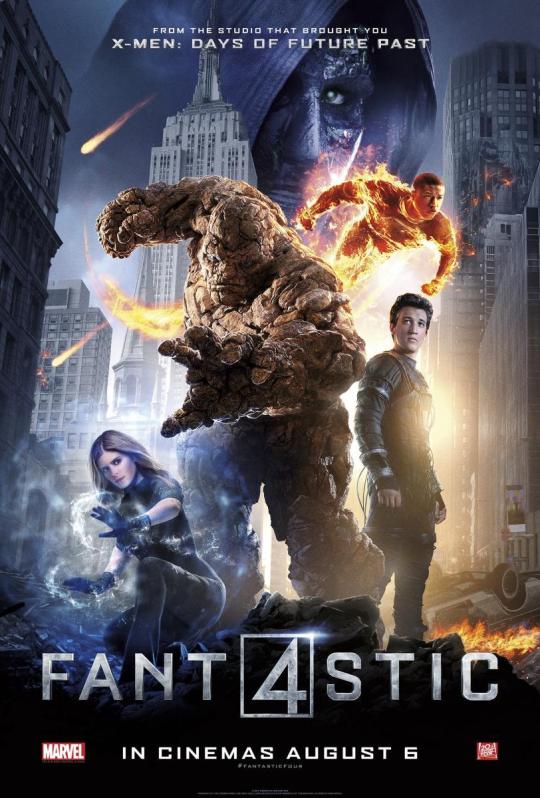
A Fantastic Nightmare:
In August 2009, Fox would announce that they would be rebooting the Fantastic Four film franchise.
The reason why is because although Rise of the Silver Surfer did fairly well, grossing $301 million worldwide against a $120-130 million budget, the total gross was notably lesser than the first movie, which grossed $333.5 million worldwide.
And although there were plans for a third movie and a spin-off film focusing on The Silver Surfer, Fox feared those films could possibly be money sinks and opted to reboot the film franchise as a whole.
For the next three years, not a whole lot of progress was done with the planned reboot, apart from the hiring of producers and writers and the consideration of actors.
But the production of the film really started rolling in July 2012 when Fox hired Josh Trank, who was fresh off his directorial debut, Chronicle, to direct film.
And accompanying him was Jeremy Slater, who was hired to the screenwriter for the film, alongside X-Men: First Class writers Zack Stentz and Ashley Edward Miller.
And this where everything went to shit....
If any of you even know about Fant4stic, you'd probably know that it has one of the most turbulent production histories in the last decade of filmmaking.
Before we start actually looking into the production itself, first we need to look at the reason why it was even made in the first place.
And this point brings me back to the 1994 film.
Both that and this film were created for the exact same reason: copyright hoarding.
In 1983, the other producer of the 1994 film, Bernd Eichinger met with Fantastic Four co-creator and the Marvel legend himself, Stan Lee, in Los Angeles to explore obtaining an option for a movie based on Marvel's First Family. The option was not available until three years later, when Eichinger's production company Constantin Film obtained it for a price the producer called "not enormous" and which has been estimated to be $250,000.
Eichinger's initial plan was to have the movie be a full-on blockbuster directed by Chris Columbus, complete with a cast full of big name celebrities.
But despite some interest from Warner Bros. Pictures and Columbia Pictures, budget concerns precluded any production, and with the option scheduled to expire on December 31, 1992, Constantin asked Marvel for an extension. With none forthcoming, Eichinger planned to retain his option by producing a low-budget Fantastic Four film. In September 1992, he teamed with B-movie specialist Roger Corman, who agreed to produce the film on a $1 million budget, to be released by his distribution company New Horizons Pictures.
But we all know how that ended....
Essentially, the entire of that movie ended up in a one big legal loop-hole that only benefitted Eichinger, leaving dozen of people's lives played with and their hopes and dreams crushed.
And in the case of Fant4stic, it's essentially a tragic case of history repeating itself.
Fox only produced Fant4stic not because they were genuinely interested in doing another film based on The First Family, they only did it to use it as an excuse to latch onto the film rights.
As when the 2010s rolled out, Fox's time with the Fantastic Four were about to come to an end as eventually, their film rights would've been reverted back to Marvel, and to that extension, The Walt Disney Company.
But if they had made another Fantastic Four project pretty soon, they would be able to extend their time with the film rights.
And from what I've heard, it seems like Fox wanted to get this film rolling as quick possible with the approaching deadline to the rights.
That's probably the reason why they hired Trank out of all people that could've directed this film.
Which for a film like this, you would think that Fox would go with a director that's a bit more experienced since remember: upon his hiring as director for the project, Trank was fresh off his very first directorial film.
Though you're probably wondering what I meant when I said everything went to shit upon Trank's hiring, well....
There have been plenty of cases where the productions of films have been absolute chores for one of two reasons.
The director or producers just being infamously difficult to work with, like David O'Russel or Michael Bay.
The studio constantly meddling in the production, like....basically every film studio to ever exist.
But Fant4stic is one of the rare cases where both the studio and the director made the production a living hell.
Starting off with Fox (as funnily enough, they did the least amount of damage to the production), they were guilty of....
Forcing constant rewrites
Giving Trank a much-lower budget than initially promised
Hiring a prominent special effect expert for the film, then firing him and not telling Trank about it
When production finally wrapped on the film, they were so unhappy with the finished product, that they ordered massive reshoots, including the film climax
Upon finishing the reshoots, they locked Trank out of the editing room and finishing the theatrical cut of film without him
As for Trank.....Hoo boy! Where do I even begin?
He was guilty for......
Constantly butting heads with the studio executives
Treating the cast and crew like absolute shit
Not showing up to the set on time
Usually showing up completely hammered
Frequently hiding himself from everyone on set
Constantly getting into fights (verbal and even physical) with the cast and crew
Letting his dogs loose and causing $100,000 worth of damage on the set
Constantly fighting with the screenwriters about what the tone of the film should be like
And writing a now infamous tweet on Twitter just the day before the film's release, only to be instantly deleted the next day
youtube
And remember, this was the second film that Trank directed....
I've heard of Hollywood getting to people, but it usually takes a couple of years. But in the case of Trank, it practically happened overnight.
And funnily enough, a lot of this behind-the-scenes drama was revealed to the public even before the movie had an official trailer.
So expectations for this film were not particularly very high....
But now that we got that out of the way, let's talk about the actual movie itself.
The "Story":
Childhood friends Reed Richards and Ben Grimm have worked together on a prototype teleporter since youth, eventually attracting the attention of Professor Franklin Storm, director of the Baxter Foundation, a government-sponsored research institute for young prodigies. Reed is recruited to join them and aid Storm's children, scientist Sue Storm and engineer Johnny Storm, into completing a "Quantum Gate" designed by Storm's protégé Victor Von Doom.
The experiment is successful, and the facility's supervisor, Dr. Allen, plans to send a group from NASA to venture into a parallel dimension known as "Planet Zero". Disappointed at being denied the chance to join the expedition, Reed, Johnny and Victor along with Ben use the Quantum Gate to embark on an unsanctioned voyage to Planet Zero, which they learn is a world filled with otherworldly substances. Victor attempts to touch the green lava-like substance, causing the ground they are standing on to erupt. Reed, Johnny and Ben return to their shuttle just as Sue brings them back to Earth and Victor is seemingly killed after he falls into the collapsing landscape. The Quantum Gate explodes, altering Reed, Sue, Johnny and Ben on a genetic level and granting them superhuman abilities beyond their control: Reed can stretch like rubber, Sue can become invisible and generate force fields, Johnny can engulf his entire body in fire and fly, and Ben acquires a rock-like hide which gives him superhuman strength and durability. They are then placed in government custody to be studied and have their abilities tested. Blaming himself for the accident, Reed escapes from the facility and tries to find a cure for their changes.
One year later in 2015, Reed is now a fugitive and has built a suit that helps him control his ability. Hiding in Central America, he is eventually found by the United States military with Sue's help and captured by Ben, who has become a military asset along with Johnny and Sue. Johnny and Sue have been outfitted with specialized suits designed to help them control their abilities. Reed is brought to Area 57, where Dr. Allen conscripts him into rebuilding the Quantum Gate in exchange for giving Reed the resources to find a cure. Arriving in Planet Zero, Dr. Allen's explorers find Victor, who has been fused to his spacesuit and now possesses telekinetic abilities, and bring him back to Earth. Believing that Earth needs to be destroyed to protect his new home world from future invasions, Victor kills the scientists and soldiers in the base, including Dr. Allen and Professor Storm, and returns to Planet Zero using the Quantum Gate, with Ben, Johnny, Reed and Sue in pursuit.
Now dubbing himself "Doom", Victor activates a portal on Planet Zero using the Quantum Gate and begins consuming the landscape of the Earth using a structure he created from the rock formations in Planet Zero. He is confronted by the four and, after a short battle, Ben punches Doom into the portal's energy beam, disintegrating him while Johnny closes the portal. Returning to Earth, the group is rewarded by the US military for their heroics by being given a new base of operations known as "Central City" to study their abilities without government interference. They decide to use their powers to help people and adopt the mantle of the "Fantastic Four".
youtube
Yeah, I basically just copied and pasted the premise of this film from Wikipedia.
The reason why is because there really isn't a whole lot to talk about.
The plot is paper thin, and the execution doesn't do it any favors.
In terms of adaptation, this film doesn't really adapt any notable Fantastic Four storylines.
The closest thing to this is that it's a loose adaptation of the first volume/arc of Ultimate Fantastic Four.
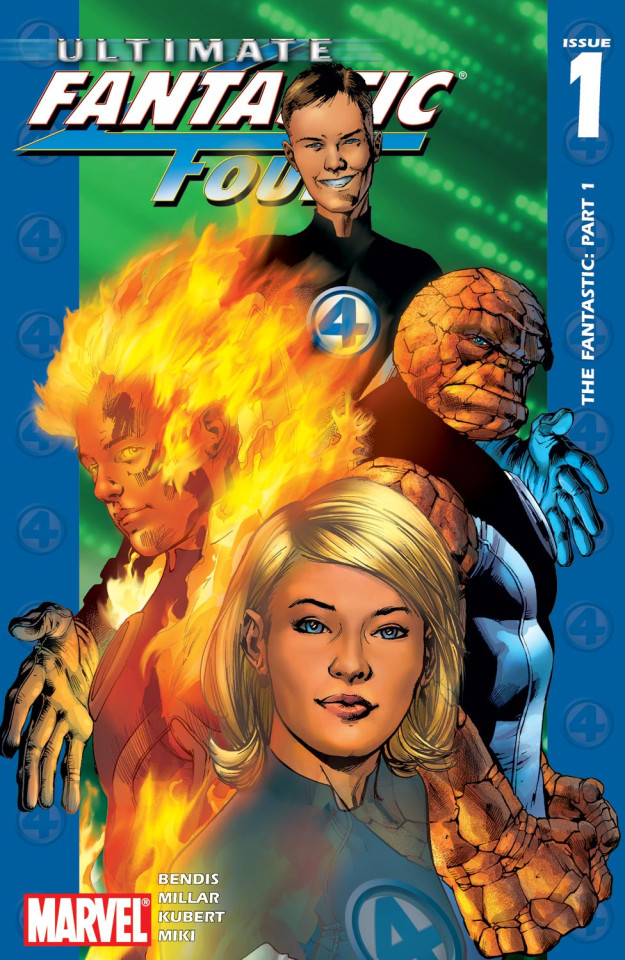
You can see this with elements such as.....
The Four themselves being depicted as teenagers/young adults
Reed and Ben being childhood best friends
Franklin Storm actually being a major character whereas in the 616 universe, he's largely irrelevant
The Baxter Building being turned into The Baxter Foundation
The reason for them getting their powers being a teleportation experiment gone wrong
And Doom being involved with the experiment as well and his famous armor being his actual skin instead
However, that's as far as it goes. They don't really bother to adapt the actual story of that arc, which has the team facing off against The Mole Man.
But one of the strangest story choices with this movie is in the case of Planet Zero.
Planet Zero is reportedly suppose to be Fant4stic's version of The Negative Zone.
Why they didn't just call it The Negative Zone, I have no clue.....
But as most of you know, The Negative Zone is famous for being the realm of one of the Fantastic Four's most prominent foes: Annihilus.
And with their version of The Negative Zone, you would think they would probably feature Annihilus in this movie.
But no! He doesn't appear at all nor is he even alluded to. In fact, Planet Zero is depicted as being a lifeless wasteland, with no living organisms in sight.
The Sucky Tone:
In contrast to the previous 3 FF films, this one is far more darker, serious and grounded.
This was because Trank wanted the tone of the movie to be, in his own words, "gritty, serious and as realistic as possible".
And it's safe to that Fox also encouraged this tone as well.
From the early 2000s into the mid-2010s, a good chunk of superhero films relied on taking superheroes and making them darker, gritty and more grounded than they were in their source material and other adaptations.
This can be largely attributed to the X-Men films, which were more serious and grounded than the comics and their other adaptations.
This was done because after the failure of Batman and Robin, comic books movies were briefly seen as cinema poison.
The X-Men films, Daredevil, Elektra, The Dark Knight trilogy, The Amazing Spider-Man duology, and even the first few films of the DC Extended Universe all prided themselves on being more dark, gritter and grounded than their source material and sometimes even predecessors in film.
And while most of these movies are still fondly remembered, I'm gonna have to come out and say this....
I'm not a fan of these films.
Apart from some of these characters just not fitting with a darker and gritty tone, the biggest reason why I don't like these films is because a lot of them reek of this sense of embarrassment and contempt for the source material they're adapting.
Like, some of them are not even being that subtle about it.
youtube
I am so glad this was finally made fun of in an actual Marvel project.
youtube
And in an age where a lot of producers and directors working on a projects based on long, established properties have been open about either not caring or straight up disliking the properties they're working with, its made many of these films age kinda poorly.
However, there were some superheroes films from the 2000s that didn't fall into this trap.
Undoubtedly the biggest is in the case of the Sam Raimi Spider-Man trilogy.
Those films were unabashedly campy, and were obviously made by people who legitimately cared about, understood and loved Spider-Man.
That's why despite of a having a few faults, the films are still talked about in high regards, even after two decades.
And notably more so than the films I just mentioned.
But back to the film itself, to the Fantastic Four having a dark, gritty and grounded tone.
Most people, myself include, would have to say....
youtube
Fantastic Four, while having their dark and serious moments here and there, are some of the most light-hearted characters in Marvel.
Trying to make them dark and gritty just feels incredibly tryhard.
And as for being grounded and realistic.
That's completely antithetical to the Fantastic Four.
They're adventurers and explorers. And many of their adventures have taken place in space, other dimensions, and alternate realties. It's one of the core appeals of the team.
And as you would expect, this tone did not do the film any favors.
Fant4stic is so. Fucking. Boring.
It is deathly serious with no sense of levity or humor to be detected.
The music is bland and generic, the color grading is dull as hell, and the performances....
Dear God....the performances.
I think this actually perfectly segways into the biggest and most important part of this post:
The "Characters":
One of the strongest draws of The Fantastic Four is, well, The Fantastic Four themselves.
All of them are very likable, charming, interesting and endearing in their own way.
And does Fant4stic capture anything that made these characters so great?
youtube
Let's start off with Reed first.
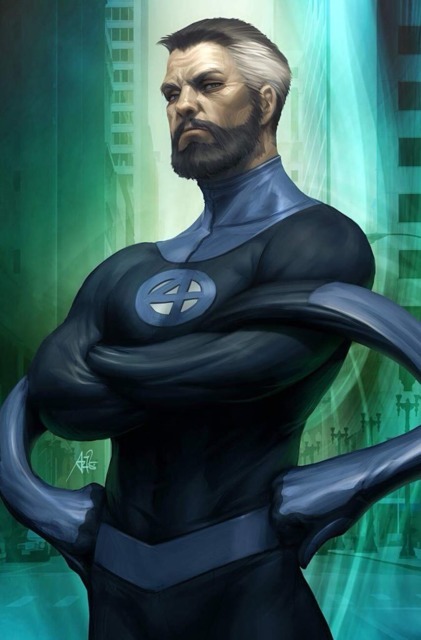
Reed in the comics and in just about every other medium is a genius, a polymath to exact.
In fact, he's tied with another one of the main characters I'll be talking about soon as being the smartest person in the Marvel Universe.
But besides being intelligent, Reed is also curious, adventurous, charismatic, level-headed, kind, and most importantly of all, passionate.
Reed is passionate about two things:
-His love for his family
-And his love for science and adventure
And while he can be little over-analytical, a little reserved at times, and have a bit of a one-mind track (so much so that he's been headcanon by just about everyone to be autistic), Reed overall is a very kind, caring and compassionate person.
Hell, he (along with the rest of the four) are some of the most morally righteous people in the Marvel Universe alongside Spider-Man and Captain America.
Now let's look at Fant4astic Reed....

Apart from being intelligent, level-headed and maybe curious, has none of the traits I just listed.
He's not adventurous.
He's not shown to be all that kind.
He has all the charisma of a funeral service.
And worst of all, he's not very passionate.
In the comics, Reed loves science and is always down to learn something new.
But the way Reed approaches science in the movie, it feels more like an obligation rather than something he's actually passionate about.
Next we have Sue.
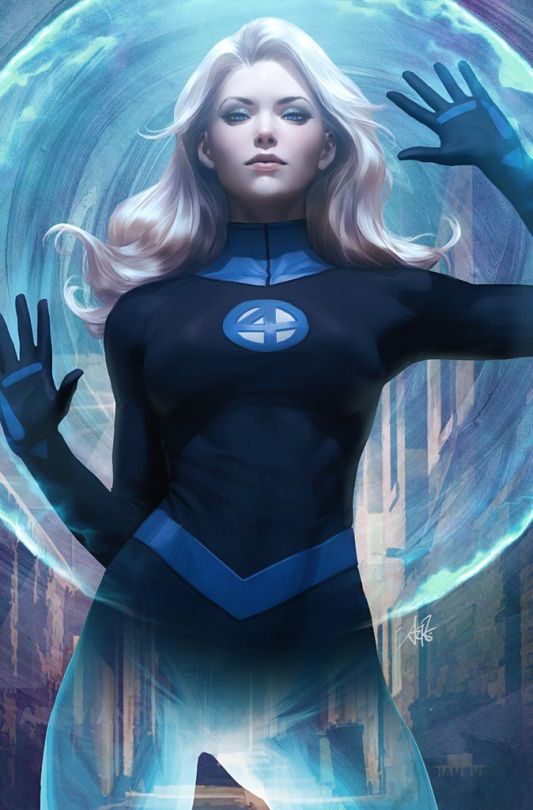
Sue is pretty much the mother figure of the four.
Warm, caring, kind, mindful and responsible.
But she's also incredibly terrifying.
Sue's the most powerful member of the four and has proven to be a force to be reckon with for anyone who cares to hurt her family, especially her children.
Now let's look at Fant4astic Sue....

Well, how do l put this in the kindest way possible?
youtube
Yeah. Apart from being introverted, she's also shown to be incredibly sarcastic.
Like, modern animated adult comedy levels of being sarcastic.
And needlessly so.
Apart from still being responsible, Sue shows none of the traits I just listed.
The only character see isn’t needlessly sarcastic to is her and Johnny’s father, Franklin.
This version of the character is the walking definition of a killjoy.
Next we have her brother Johnny.
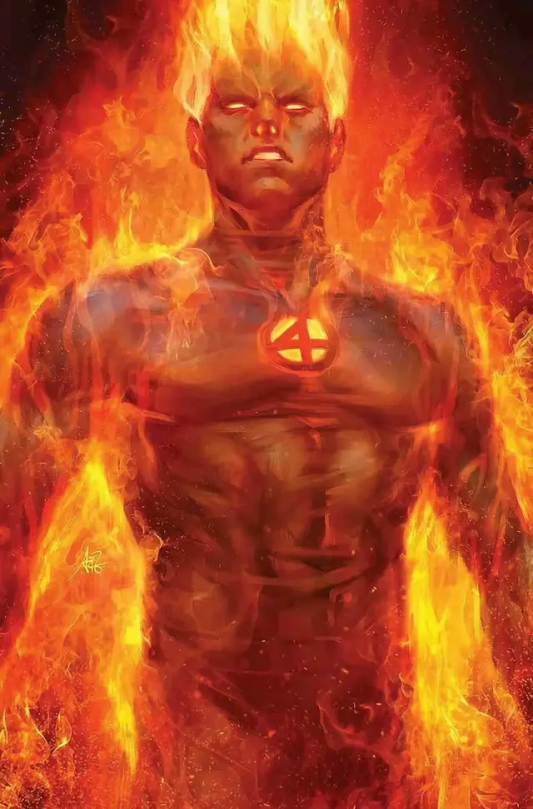
Johnny is the little brother of the group, since he’s the youngest.
He’s cocky, brash, hotheaded, a bit of a prankster, and kind of a showoff.
But in spite of that, Johnny is also a very kind and loyal individual.
The dude has been show that he’s willing to die for those he deeply cares for.
Now let’s look at Fant4stic Johnny.

Johnny is really the only character who somewhat resembles his original comic counterpart.
But even then, it still feels somewhat subdued.
Plus he has the same issue as Sue with him being needlessly a dick to people.
Like, Johnny had his dickish moments, but wasn't a massive asshole.
And plus, I should probably address the elephant in the room.
As you could probably tell for yourselves, Johnny here is African-American, making him and Sue adopted siblings.
And this would be the very first (and so far only) iterations of the Storm siblings who weren't blood-related.
And in all honesty, I'm not a fan of it.
Having Johnny and Sue not being biologically-related just feels wrong.
That would be like having Mario and Luigi not being related.
Or Goofy and Max.
Or Dante and Vergil.
Sometimes, you can't alter an important familial relationship.
As for why Johnny was made black while Sue wasn't.
Well....
Apparently, the Storm Family were all gonna be black, including Sue. But the higher-ups were not really onboard with Sue being black (I'm not even gonna try to make sense of that). But they were allowed to make Johnny and Franklin black. So thus, Sue ended up being adopted by the Storms.
And I must ask....
Why?
Why did they want to make the entire Storm family black?
I'm guessing it was to give a new fresh take on the characters.
But that's kind of debatable when we get to a point I'll bring up a little later.
And in terms of casting a black Johnny Storm, I don't think Michael B. Jordan was the best choice.
He just doesn't look like how most people would see Johnny as being black.
I think there's two reasons for that.
The hairstyle. Johnny has usually been depicted as having spiky hair. I think if had Michael those upward locs, then I could see him passing for a black Johnny.
The age of the actor. In fact, this applies to all the actors of the four as well. In the film, the four are said to be teenagers, specifically fresh out of high school age. So basically they would be around 17-18 years old. It's hard to see any of them as being around that age range when the actors who played them were, at the time of the film's release, two of them were 28, one of them was 29, and one of them was 32! Did they really just not bother to look for actors who were like college-aged?
Now we come to Ben.
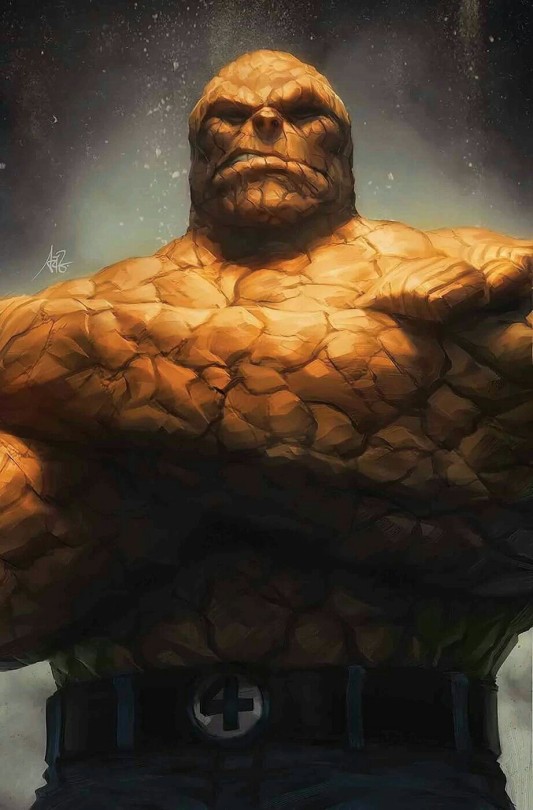
Ben is undoubtedly most people's favorite member of the Fantastic Four.
While gruff, tough and a tad pessimistic and grumpy due to his circumstances, underneath Ben's rocky exterior beats a heart of gold.
He deeply cares for his friends and family and will go out of his way to protect them no matter what.
Now let's look at Fant4astic Ben.
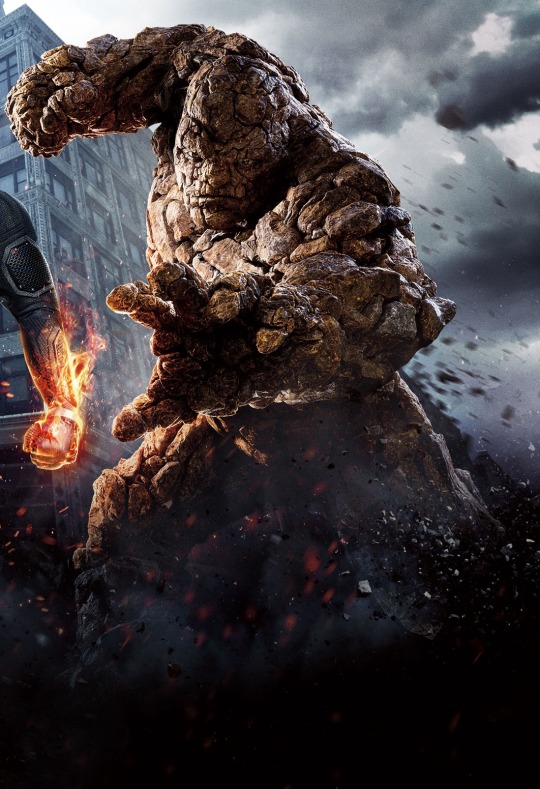
Ben, being only rivaled by the next character we'll be talking about, is the character who barely resembles his original counterpart the most.
First, there's his appearance. Specifically before he became The Thing.
Out of this already not-good cast, Jaime Bell was probably the most miscasted of them all.
For starters, he just doesn't look like Ben Grimm at all.
Like, take a look at this guy and tell me that he looks remotely like the pre-Thing Ben in the comics.
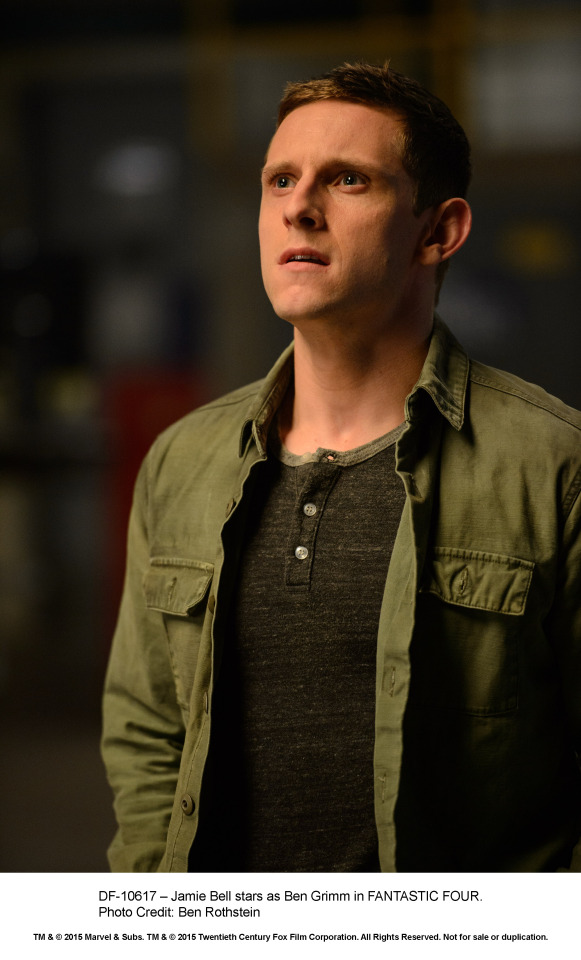
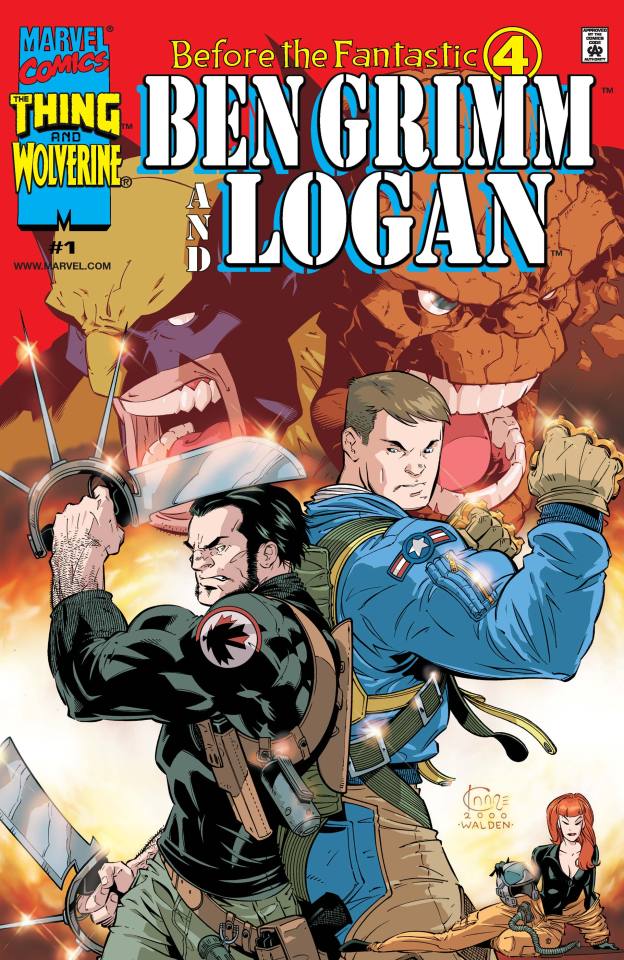
Basically, Jaime suffers from the same problem that Topher Grace had when he played Venom.
He's too short. Ben, even before becoming The Thing, was usually depicted as being pretty tall, 6'0 to be exact. Jaime is 5'7. The dude is literally no taller than me (and I'm 5'8).
He's way too skinny. Once again, even before becoming The Thing, Ben is usually shown to be a pretty muscular-looking guy. He is canonically a skilled brawler (due to him being part of a street gang during his youth) and played on the football team in high school.
Essentially, even before becoming The Thing, Ben looked like a guy who could and can beat your ass.
This Ben looks like the guy who YOU would be beating the ass of!
Then there's his characterization.
This Ben has none of the traits I just mentioned.
Apart from being kind, he's typically portrayed as being soft-spoken and somewhat meek.
Which just don't fit the character of Ben Grimm at all.
But I think the worst part of his characterization is that he doesn't even have a Brooklyn accent!
youtube
Yeah! He doesn't have a Brooklyn accent! Despite it being one of the most famous elements of his character.
I'm the guy who think that a character should have their accent intact if they originally had it.
I'm one of the few people who find it kinda annoying that Black Widow doesn't speak with a Russian accent anymore despite speaking with one all-time in her appearances pre-MCU.
And I'm sure that I'm the only guy on the planet who actually wants Magneto to speak with a German accent.
But Ben not speaking with a Brooklyn accent feels both disgraceful and just plain wrong.
But perhaps the worst thing about this version of Ben is with his trademark catchphrase: It's Clobberin' Time!
In this film, they decided to give the catchphrase an origin.
Because we all know that what's the fans were certainly asking for it....
But anyway, in the Fant4stic continuity, It's Clobberin' Time was what Ben's abusive older brother who regularly beat him, would say right before kicking his ass!
youtube
Why?
Why was this added?
Who thought this was a good idea?
It adds nothing to this already nothing story.
Having Ben's catchphrase being the result of abuse from his older brother comes off as both incredibly fucked-up and like the rest of this cursed movie, unnecessarily tryhard.
The people who thought that giving this iconic catchphrase a gritty reason for existing need to get repeatedly smacked in the face.
But like I mentioned before, there's only one other character in the movie that rivals Ben in being the biggest spit in the face to their original counterpart.
But I'm gonna save that for next time.
Yeah, I'm gonna have to end this post right here since I'm pretty close to reaching the media post limit.
So this is gonna be a two-parter.
Wasn't the original intent, but hey, you can't win them all.
But tune in next time where I finish looking at this terrible movie.
And beware....I'm not gonna be very kind.
#fantastic four#20th century fox#reed richards#susan storm#johnny storm#ben grimm#marvel cinematic universe#mcu#josh trank#fantastic four 2025#marvel#marvel comics#fox marvel
10 notes
·
View notes
Text

Saturday the 14th is a 1981 American comedy horror film starring real-life husband and wife Paula Prentiss and Richard Benjamin, co-written and directed by Howard R. Cohen and produced by Julie Corman.
3 notes
·
View notes
Text
youtube
The Last Drive-In: A Tribute to Roger Corman
The legendary movie mastermind, Roger Corman, and his wife Julie Corman, joined Joe Bob and Darcy on The Last Drive-In: A Tribute to Roger Corman special for an exclusive interview in front of a live audience. What we learned from him will be forever cherished. Saying goodbye to Roger Corman, a true giant in horror whose impact on the genre is unparalleled. You can watch the full live episode and stream his collection on Shudder.
Featuring special guest Bruce Dern! 46 minutes. via Shudder
5 notes
·
View notes
Text
911 Cast Bios
Here's a list of them in one place, in order of appearance in 9-1-1 (fox, later abc). I choose them based on characters I enjoy, or where there are interesting connections / factoids to be found in their bios.
Gavin Stenhouse (The Priest)
Mariette Hartley (Patricia Clark, Abby's mother)
Claudia Christian (LAFD Capt. Maynard)
Debra Christofferson (Sue, Dispatcher)
Grasie Mercedes (Beth, in prenatal yoga class, 1x07)
Rebecca Wisocky (Marjorie, in lift crash, 1x09)
Connor Trinneer (bomb squad, 2x01)
Bryan Safi (Josh Russo, dispatcher)
Romi Dias (Chief Miranda Williams)
Ana Mercedes (Abuela Isabel)
Terri Hoyos (Aunt Pepa)
Christine Estabrook (Gloria, Dispatcher)
Devin Kelley (Shannon Diaz)
Wes Brown (Mounted Police Officer)
Rick Chambers (Dwight, newsreader)
Tara Karsian (Ruth)
Lawrence Pressman and Francis X. McCarthy (Mitchell & Thomas)
Romy Rosemont & Daniel Roebuck (Lola & Norman Peterson)
Brian Thompson (Capt. Gerrard)
Lou Ferrigno Jr (firefighter Tommy)
Brian Hallisay (Doug Kendall)
Julie Oullette (Blair, Elf Helper)
Marsha Warfield (Toni Wilson)
Danny Nucci (LAPD detective)
Sasha Roiz (LAPD Det. Ransone)
Paula Marshall (Helena Diaz)
George DelHoyo (Ramon Diaz)
Pepi Sonuga (Athena Carter, flashback in 3x07)
Nicole Delgado (Maynard, flashback in 3x07)
Eddie McGee (Frank the therapist)
Jack McGee (Red the retired firefighter, 3x16)
Deborah May (Cindy, 3x16)
Rumer Willis (Georgia, train Vic, 3x18)
Brooke Shields (counsellor, 3x18)
Dee Wallace (Mrs Margaret Buckley)
Gregory Harrison (Mr Phillip Buckley)
Colin McCalla (Connor, Buck's friend)
Chelsea Kane (Kameron, Connor's wife)
Aaron Staton (Daniel Buckley)
Laith Wallschleger (133 medic, 6x15)
Mark Lawson (pilot, 7x01)
Kathryn Boswell & Chris Gartin (hot-tub couple, 7x01)
Mercedes Colon (Ship Captain, 7x01-3)
Rick Cosnett (cruise crew, 7x01-3)
Eddie Jemison (cruise ship doc, 7x02-3)
Jesse Palmer & Joey Graziadei (7x04)
Richard Brooks (Chief Simpson, s7)
Exie Booker (Carl, 7x06)
Malcolm-Jamal Warner (Amir, s7)
Veronica Falcón (Cllr Ortiz, s7)
John Brotherton (Tim Nash, 7x08)
Tony Amendola (Herman, 7x08)
Paul Nobrega (Monty the Beekeeper, 8x01)
Hotshots group, s8: Callum Blue (Brad); Justin Taite (#1); Morgan West (director) & 1st AD
Bee-nado airplane gang: Cindy Chavez (Capt Dominguez); Devin McGee (Co-pilot); Bayley Corman (Tia); (Mr & Mrs Grandparent);
Adela Paez (Nurse Camila, 8x03 etc)
Finnigan and Silverman (divorcing couple, 8x06)
Zach Tinker (Officer Sparks, LAPD, 8x07)
In draft ofc. Do check the updated OG post if you're looking at a reblog:
Ysabella Costa (frequent stunt double s6-8)
Sean O'Bryan (Charlie Nash 8x11)
Kelvin Han Yee
Glenn Plummer (Dennis Jenkins, 3x07, s8a)
Main resource is IMDb, with extra material from Wikipedia, podcasts or youtube on occasion. Where I use 911 images they are screengrabs I edited. Other images generally from imdb.
#911 fox#911 abc#911#911 cast#911 cast bio#masterlist#not looking to cover the main cast - just guests or day players#requests welcome#is anyone enjoying these!?#just me? okay then ☺️#there are currently 1400 cast members on the imdb listing as we wander into season 7#so plenty to see here lol
24 notes
·
View notes
Text
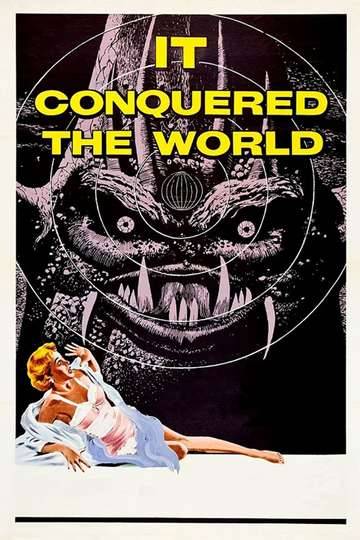
1 note
·
View note
Text
The Bombshell Political Report So Shocking A U.S. President Tried To Pretend It Didn't Exist! LBJ Tried To Torpedo The Official Kerner Commission Record. Instead It Became A Bestseller
— May 10, 2024 | Jelani Cobb
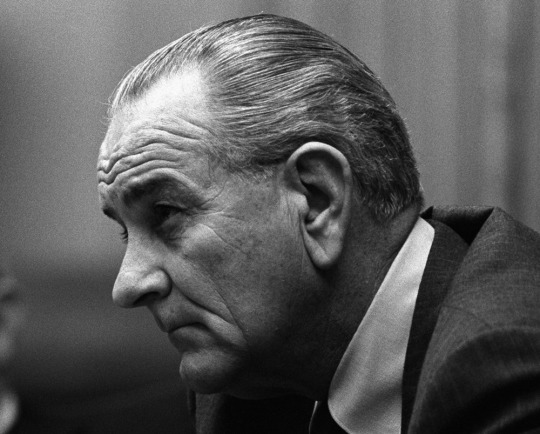
President Lyndon Baines Johnson listens during a meeting in the White House Cabinet Room, March 26, 1968. LBJ Presidential Library.
When President Lyndon Baines Johnson created the [Kerner] commission in July 1967 it was tasked with understanding what had happened up to that moment. Nearly two dozen uprisings or, in the antiseptic language of the report, “civil disorders,” had occurred between 1964 and 1967, with the largest and most destructive taking place in the Watts neighborhood in Los Angeles over the course of five days in August 1965.
Kerner has endured not simply for its prescience but also for the breadth of its analysis of the moment when it was conceived. The National Advisory Commission on Civil Disorders, which became more commonly known as the Kerner Commission—a reference to then-governor of Illinois Otto Kerner, who served as its chairman—was created by President Lyndon B. Johnson’s Executive Order 11365 on July 28, 1967. The order was issued as entire stretches of the city of Detroit lay smoldering.
On July 23, 1967, a police raid on an after-hours bar in Detroit sparked an explosion in which residents hurled rocks and bottles at police and culminated in a nearly week-long uprising marked by arson, looting, and forty-three deaths. Just eleven days earlier, the city of Newark had detonated following the assault on John Smith, a Black cab driver, by white police officers. The reactions in the community were immediate and incendiary. In the chaos of social retribution that ensued, twenty-six people were killed and hundreds more injured, while the city sustained an estimated ten million dollars in damage.
Newark and Detroit were just the most notable of more than two dozen American cities that ignited in revolts in that summer of 1967. It appeared as though a valve of the city reservoir had been opened. An apocalyptic fury, the response to decades of discriminatory policy and centuries of racial exploitation, suddenly spewed out in American cities.
Johnson charged the eleven-member Kerner panel with answering three questions: “What happened? Why did it happen? What can be done to prevent it from happening again and again?” These were Johnson’s precise words. Addressing these questions, however, would mean answering dozens of subsidiary questions the roots of which lay deeply tangled in American history and public policy.
The members themselves represented a cross section, albeit not a representative one, of domestic interests. Chaired by Kerner, the second-term Democratic governor of Illinois, the commission included two of his fellow Democratic elected officials, Congressman James Corman, the fourth-term representative of California’s twenty-second district, and freshman senator Fred R. Harris of Oklahoma. They were joined by three Republicans, New York City mayor John V. Lindsay, Rep. William M. McCulloch of Ohio’s fourth district, and Edward Brooke, the freshman Massachusetts lawmaker and the sole African American serving in the United States Senate at the time.
By current standards the commission was overwhelmingly white (nine of the eleven members) and male (ten of eleven). Katherine Peden, the commerce secretary of Kentucky, was the sole female commission member. Roy Wilkins, the political moderate and executive director of the NAACP, joined Brooke as the only Black people at the table. In addition, I. W. Abel, president of the United Steelworkers of America, represented labor in the proceedings, and Herbert Jenkins, the police chief of Atlanta, Georgia, represented law enforcement. Charles Thornton, the CEO of Litton Industries, spoke for the manufacturing sector.
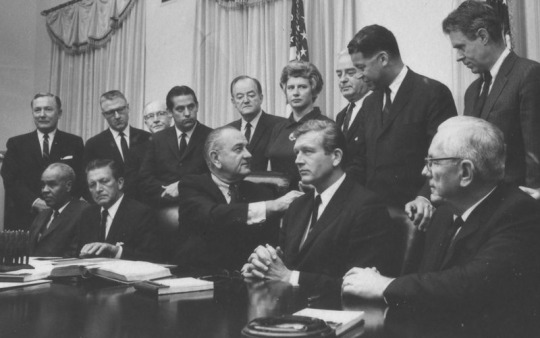
President Lyndon Johnson (seated, center) shakes hands with members of the Kerner Commission. July 29, 1967. White House Photo Office Collection, LBJ Presidential Library.
What differentiated the Kerner Commission from the outset was the historical scope of the investigations: the members were not seeking to understand a singular incident of disorder, but the phenomenon of rioting itself. Despite the heterogeneity of interests, if not the bipartisan backgrounds, of the members, the concluding report spoke with a strikingly unified voice about the problems that the various committee participants sought to understand. And that voice was an unabashedly integrationist one. Their most immediate and salient observation was that, even though the police had been involved in these most volatile incidents, American cities were not simply facing a crisis of policing. Rather, police were simply the spear’s tip of much broader systemic and institutional failures.
[T]he Kerner Report noted that the “problem” had been, first and foremost, inaccurately diagnosed. The so-called Negro problem was, in fact, a white problem. Or, as the report noted in one of the oft-quoted sections of the summary, “What white Americans have never fully understood—but what the Negro can never forget—is that white society is deeply implicated in the ghetto. White institutions created it, white institutions maintain it, and white society condones it.”
In a best-case scenario, Kerner would have become a kind of guidebook for the War on Poverty policies then being enacted by the Johnson administration. In more practical terms, the commission recommended new community-based guidelines covering how police needed to interact with citizens of “the ghetto,” as Black communities were dubiously classified in the report. It devoted an entire chapter to the ways in which justice should be administered in the course of riots; it suggested a national network of neighborhood task forces, local institutions that could bypass the bureaucracy and red tape of city administration and head off problems before they erupted into crises. It suggested “neighborhood service centers” to connect residents of these communities with job placement and other forms of assistance and proposed expanded municipal employment as a means of diminishing chronically high unemployment in these areas.
Perceptively, its members suggested that the monochromatically white news media that reported on these uprisings was also a symptom of the bigger problem. That social upheaval that had been created by overwhelmingly white institutions and maintained by said white institutions was then investigated and reported upon by yet another overwhelmingly white institution constituted, in their assessment, a racial conflict of interest. They closed with a raft of specific recommendations for housing, employment, welfare, and education. Kerner was possibly a victim of its own meticulousness. The report brims with suggestions. One reason why its proposals were not realized might be that it simply made too many of them.
The commission could not have known when it released its findings in March 1968 that it was issuing a preface, not a postscript. Martin Luther King Jr. was assassinated the following month, and more than one hundred American cities exploded into just the type of violence that the Kerner Commission had sought to understand if not prevent. [T]he Report was fated, from the moment it reached shelves, to operate more crucially as a forecast than a review. “Our Nation,” it warned in 1968, “is moving toward two societies, one black, one white—separate and unequal.”
— Excerpted From "Introduction" By Jelani Cobb, From The Essential Kerner Commission Report, Edited By Jelani Cobb, With Matthew Guariglia.
#Article#The American Experience#PBS | NOVA#President Lyndon Baines Johnson#The Essential Kerner Commission Report
3 notes
·
View notes
Text
Playtest log: July 15, 2024

About a week ago, my wife and I did a complete Cult of the Drive-in playthrough. Here's what we came up with. We alternated turns. Odd numbers are mine, even numbers are hers.
Week 1 - Labor Day Weekend
Films: "Road House" (1989) and "Point Break" (1991)
Theme: An Evening with Swayze
Special event: "Be Nice" shirts available at souvenir stand
Week 2
Films: "Fantastic Four" (1994) and "Doomed: The Untold Story of Roger Corman's Fantastic Four" (2015)
Theme: Corman the Fantastic Four Man
Week 3
Films: "Silver Streak" (1976) and "Hear No Evil, See No Evil" (1989)
Theme: Getting Wilder with Pryor
Week 4
Films: "The Muppets Take Manhattan" (1984) and "The Smurfs" (2011)
Theme: "And Featuring Joan Rivers As Herself"
Week 5
Films: "Timecop" (1994) and "Double Impact" (1991)
Theme: Van Damme x2
Week 6 - Independence Day Weekend
Films: "Death Wish" (1974) and "Independence Day" (1994)
Theme: Goldblum, Baby!
Special Event: Fireworks
Week 7
Films: "Deep Impact" (1998) and "Armageddon" (1998)
Theme: Big Rock from the Sky
Week 8
Films: "Mighty Morphin Power Rangers: the Movie" (1995) and "Ninja Commandments" (1987)
Theme: Colorful Ninja Acton
Special Event: "Ninja" headbands available at souvenir stand
Week 9
Films: "The Thing" (1982) and "They Live" (1988)
Theme: The Invasion of John Carpenter and Keith David
Week 10
Films: "Thirteen Ghosts" (1960) and "THIR13EN Ghosts" (2001)
Theme: 26 Ghosts
Week 11
Films: "Tombstone" (1993) and "Gunfight at the OK Corral" (1957)
Theme: I'm Not OK
Event: Spittoon-shaped drinking cups at the concession stand
Week 12
Films: "The Blair Witch Project" (1999) and "Cloverfield" (2008)
Theme: Put Down the Camera and Help!
Week 13
Films: "Jason X" (2001) and "Leprechaun 4: In Space" (1996)
Theme: Self-Parody... In Spaaaaaace!
Week 14 - Labor Day Weekend
Films: "Speed Racer" (2008) and "Ninja Assassin" (2009)
Theme: It's Gonna Rain
Special event: Local radio DJ hosts a goodbye broadcast
Why do some weekends have special events while others don't? Find out when the game is released.
#cult of the drive in#solo ttrpg#solo rpg#rpg#solo roleplay#tabletop games#movies#film#cult cinema#cult movies#cult film#drive-in#drive-in movie theater
3 notes
·
View notes
Text

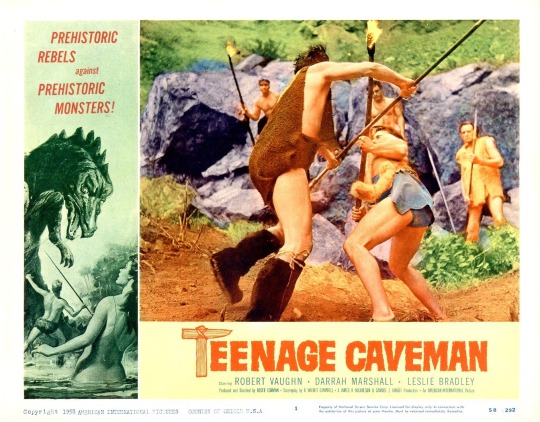
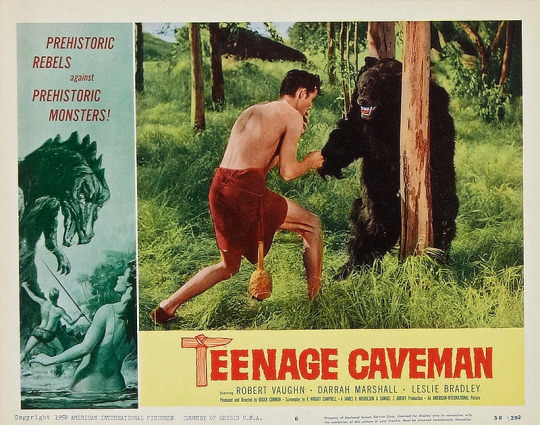
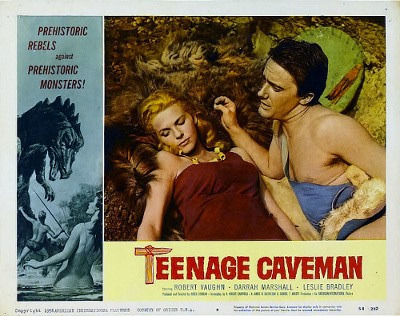
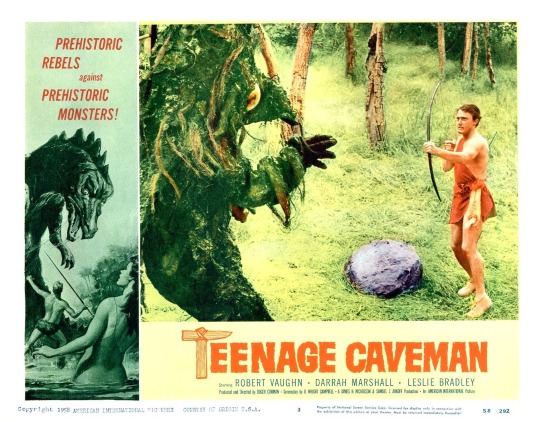
‘Prehistoric rebels against prehistoric monsters!’
American audiences were first treated to Roger Corman’s TEENAGE CAVEMAN in July 1958.
5 notes
·
View notes